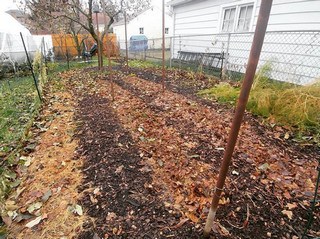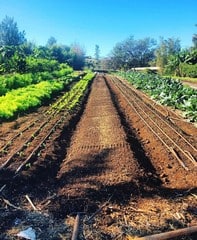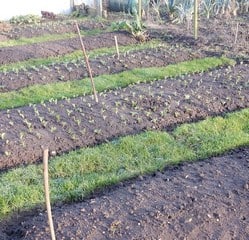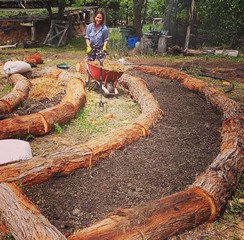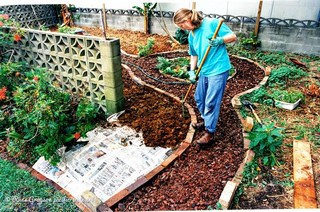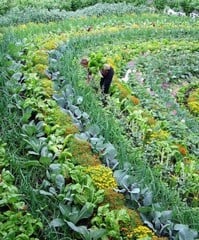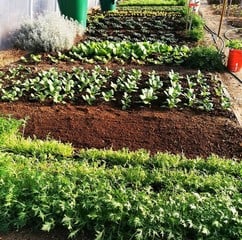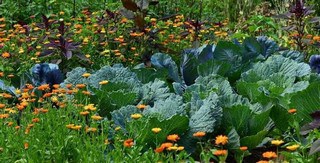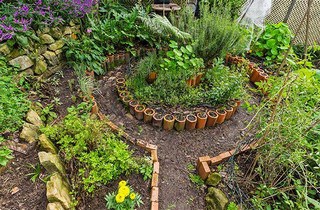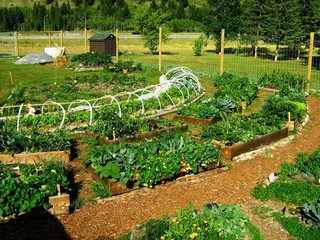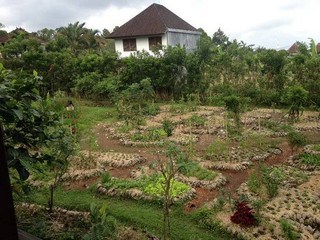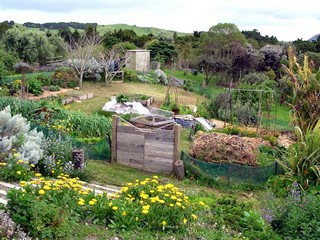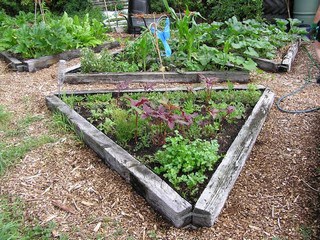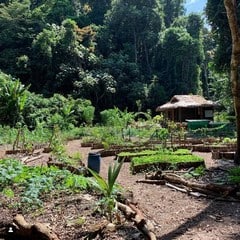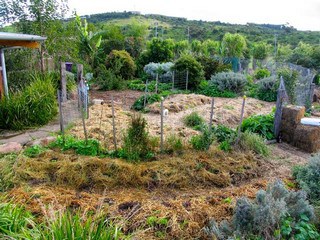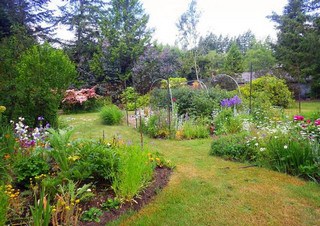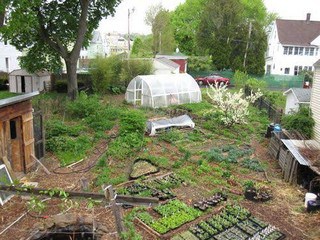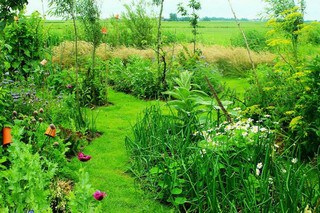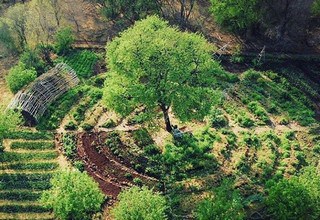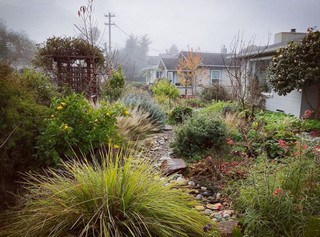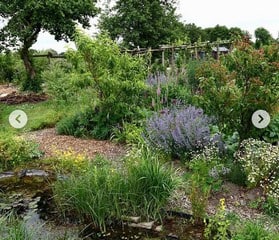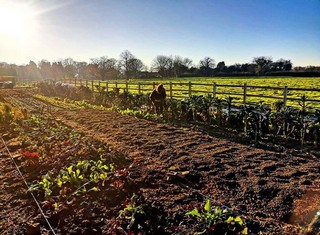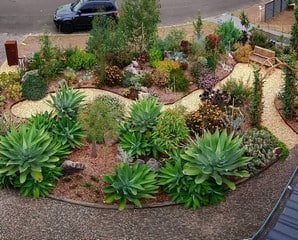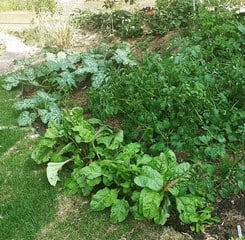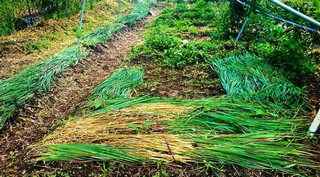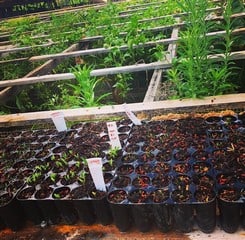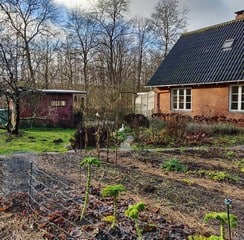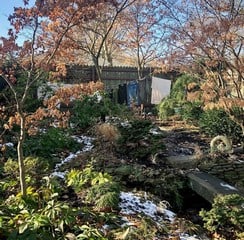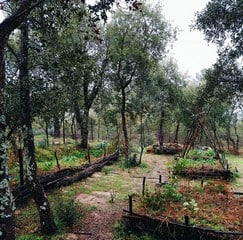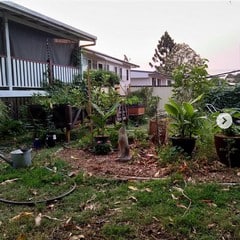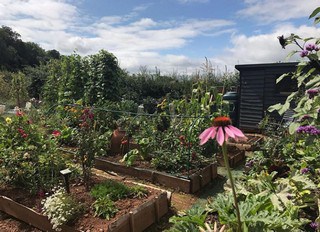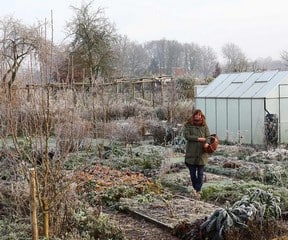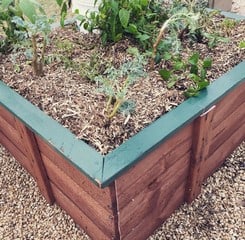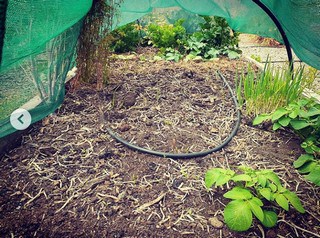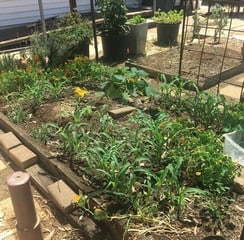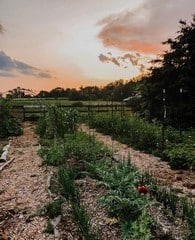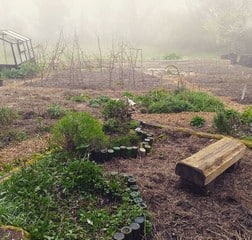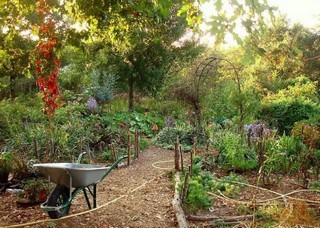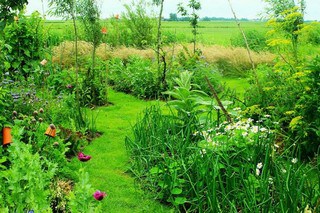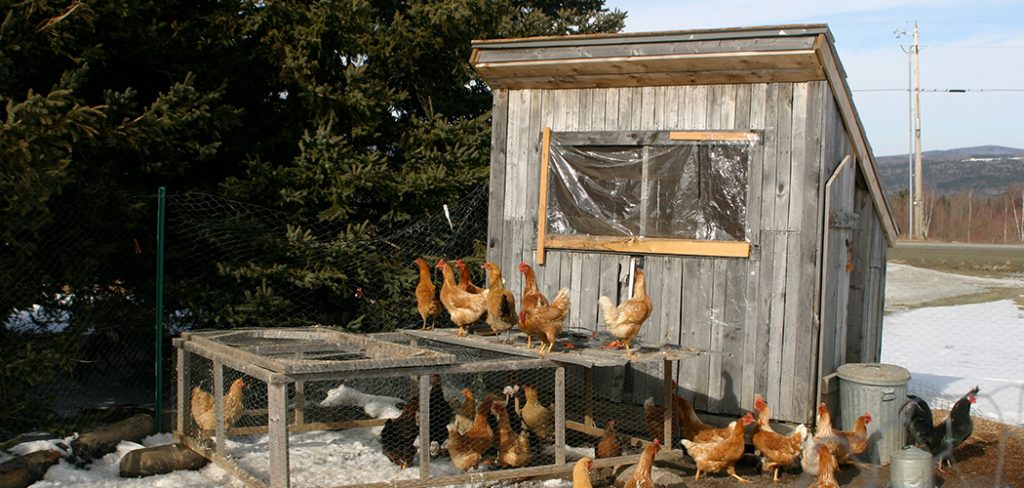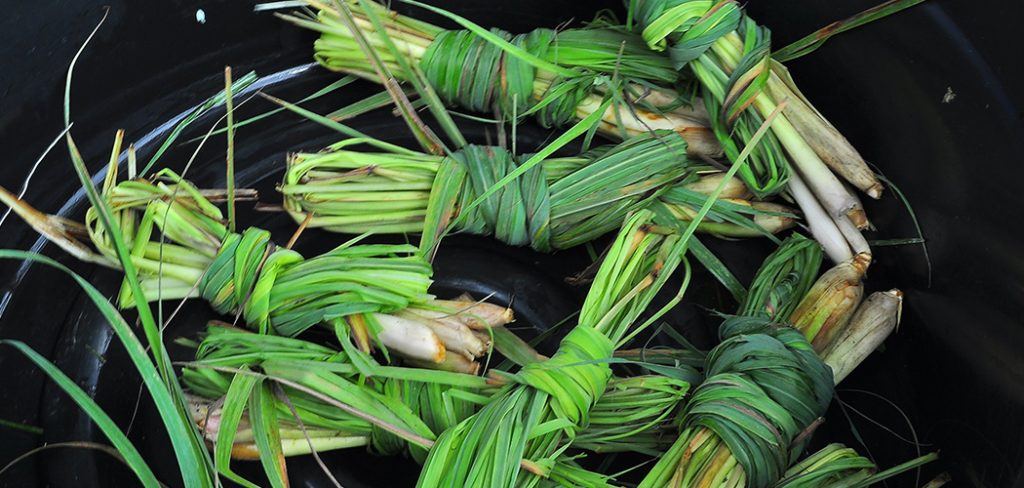If you’re big on living sustainably and in harmony with nature, chances are you’ve come across the term ‘Permaculture’ at one point or the other. Permaculture garden is an excellent way of harnessing natural resources to grow your own food, whilst making sure these resources are well maintained.
What is Permaculture Gardening?
Before we delve into the world of permaculture gardening, it is important to establish what the term ‘permaculture’ means. Simply put, permaculture is an Agricultural philosophy that allows us to use the resources that we have around us to their fullest potential. It is something similar to sustainable gardening.
How does Permaculture Gardening work?
The whole concept of permaculture is based around interaction between different systems. Permaculture gardening involves the coordination of plants, water, insects, wind, sunlight and other natural elements vital for growing of crops. All this is done while ensuring each of these elements return into the system as compost, hence ensuring no waste is created.
How to create a Permaculture Garden
Permaculture gardening might seem complex and daunting, but it is actually a relatively easy process. I am now going to break down the whole process into something that’s manageable and achievable.
Follow the steps listed below and you could well be on the way to owning your own permaculture garden:
1. Observe your environment
The first thing to do when starting a Permaculture garden is to keep a close eye on your environment. Familiarize yourself with the native insects, plants and pests in your area.
Observe how the sun strikes the site of your future garden and which parts are covered by shades of trees or buildings. Take cognisance of water bodies in and around your garden plot.
2. Design your garden
Having become familiar with your surroundings, the next step is the design of your garden. This is a highly important stage as it gives you a solid foundation to build your garden on rather than just employing a scattergun approach. This stage involves:
- Deciding the size of your garden – this is based on how much space you have available and your consumption needs.
- Making a decision on the type of garden you want – do you want a complete permaculture garden or a traditional garden with some features of permaculture thrown in?
- Putting plans in place for soil protection and preservation – mulching, no-dig gardening and the use of cover crops are particularly effective ways to achieve this.
- Creation of water systems – consider where water gathers and washes away on your land as well as areas that need water the most. In cases where you have excess water, dig a gravel-lined pond to hold water. If you lack water, capture rain from rooftops with cisterns or barrels.
3. Build and prepare garden beds
Principles of permaculture emphasize minimal damage to land, hence when you are preparing beds, take care to avoid digging up existing soil. Make raised beds on top of the ground. Your beds should be wide enough to hold two rows of plants, but narrow enough so you can reach the middle from the sides.
4. Start planting
This is the part where you eventually stop planning and start planting. In determining what to plant, make sure you find out what crop plants do well in your area. You can also source plants from local nurseries located in your area.
Try to employ the stack-planting method. This means planting in a way that the plants are arranged in layers, from the tallest to the shortest. In doing this, you utilize space more efficiently and produce more with limited space.
It is also important to choose crops that work together in nature. Plant crops together that stimulate growth, hide plants from pests and/or attract beneficial insects such as pollinators.
Employ crop-rotational and succession techniques in planting crops. Organize your permaculture garden so that you are planting new crops while existing ones are at the end of their cycle.
5. Monitor and maintain your garden
Now that you’ve successfully planted your crops, what’s left is for you to enjoy your new permaculture garden! Water your crops and carry out weeding regularly. Harvest from the fastest growing, healthiest plants in the first few years.
To serve as an inspiration in starting your own permaculture garden, we’ve collected images of different permaculture gardens. Keep scrolling to pick 2 or 3 ideas for your next big gardening project!
Check my other post on sustainable farming.
